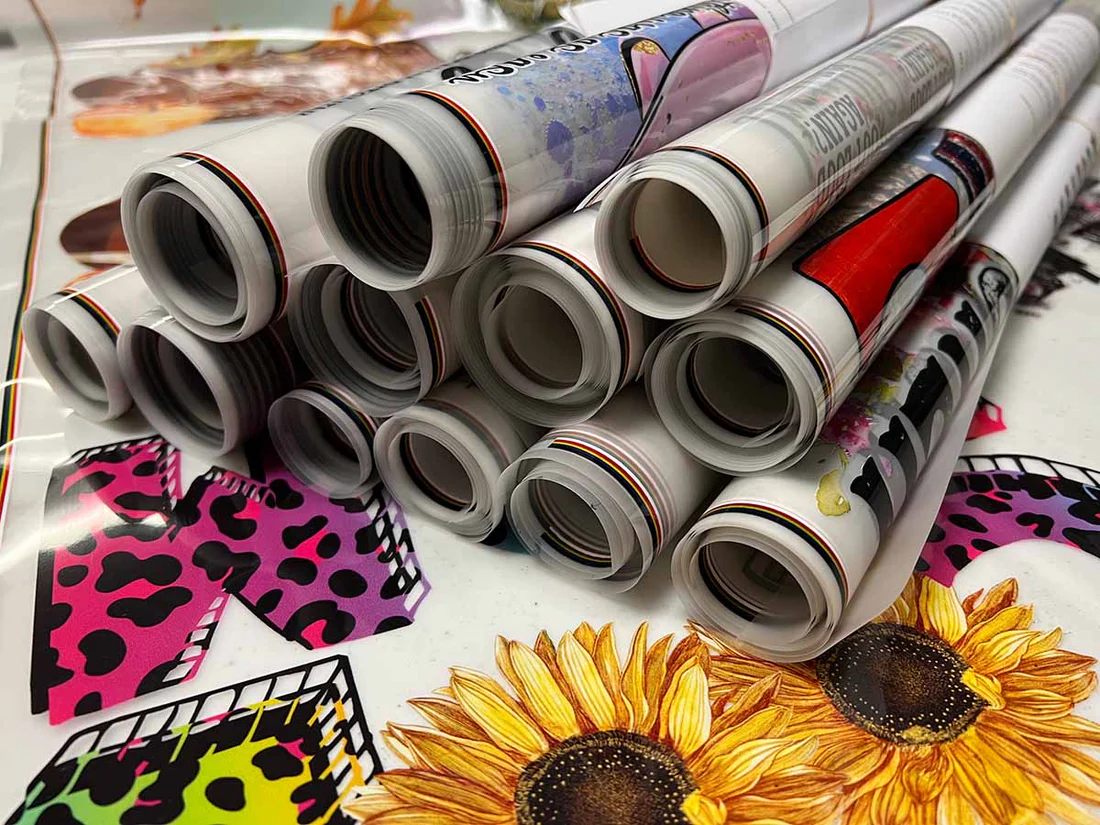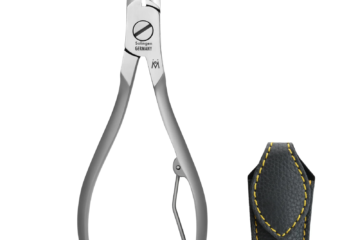In the world of custom apparel, Direct-to-Film (DTF) printing has emerged as a revolutionary technology. Whether you’re a seasoned designer or a small business owner, mastering DTF prints can transform your creations and elevate your brand. This blog post will guide you through the ins and outs of DTF printing, offering valuable tips, insights, and examples to help you leverage this technology to its fullest potential.
What is DTF Printing?
Direct-to-Film (DTF) printing involves transferring designs onto a special film, which is then heat-pressed onto fabric. This method allows for vibrant, detailed prints on a variety of materials, making it a versatile option for custom apparel.
Why Choose DTF Prints?
Versatility Across Fabrics
DTF prints can be applied to a wide range of fabrics, including cotton, polyester, and blends. This versatility ensures that your design options are virtually limitless. Unlike traditional methods, which may require different processes for different fabrics, DTF offers a one-size-fits-all solution.
High-Quality, Detailed Prints
The technology behind DTF printing allows for high-resolution, intricate designs. This means that even the most detailed artwork can be accurately reproduced, ensuring your final product is true to your vision. Whether it’s a complex logo or a vibrant graphic, DTF prints maintain the integrity of the original design.
Cost-Effective for Small Batches
One of the most significant advantages of DTF printing is its cost-effectiveness, especially for small batches. Traditional screen printing can be expensive due to setup costs, but DTF allows for affordable production even with minimal quantities. This makes it an ideal choice for small businesses and custom orders.
The DTF Printing Process Explained
Designing Your Artwork
Your design is the foundation of a successful DTF print. Ensure it is high-resolution and optimized for printing. Software like Adobe Illustrator or Photoshop can help you create detailed, scalable designs that will look great when transferred to film.
Print on Transfer Film
Next, print your design onto a special DTF transfer film using a suitable printer. Make sure to use high-quality inks to achieve vibrant and durable results. The film should be compatible with your printer and designed specifically for DTF applications.
Apply Adhesive Powder
Once printed, apply a special adhesive powder to the film. This powder helps the design adhere to the fabric during the heat-pressing process. Be sure to cover the entire design evenly for the best results.
Heat Press the Film
Place the film onto your chosen fabric and use a heat press to transfer the design. The heat and pressure cause the adhesive to bond with the fabric, ensuring a durable, long-lasting print. Follow the manufacturer’s instructions for temperature and pressing time to achieve optimal results.
Choosing the Right Materials for DTF Printing
Selecting the Right Film
The quality of your DTF prints significantly depends on the film you use. Opt for high-quality transfer films that are compatible with your printer and designed for the type of fabric you’re working with. This ensures a seamless transfer and a professional finish.
Quality Inks Matter
Using high-quality inks is crucial for achieving vibrant and durable prints. Low-quality inks can result in faded colors and less detailed designs. Invest in reputable brands that are known for their consistency and quality.
Adhesive Powder Selection
The type of adhesive powder you choose can impact the durability and feel of your prints. Ensure you’re using a powder that is compatible with both your film and fabric. This will help create a strong bond that withstands washing and wear.
Tips for Creating Stunning DTF Prints
Optimize Your Design
Ensure your design is high-resolution and properly formatted for printing. Avoid overly intricate details that may not transfer well onto the fabric. Simple, bold designs often yield the best results.
Test Prints
Before committing to a full batch, do a test print to ensure everything is set up correctly. This allows you to make any necessary adjustments and avoid costly mistakes. Testing also gives you a chance to see how the colors and details transfer to the fabric.
Proper Fabric Preparation
Make sure your fabric is clean and free of wrinkles before applying the transfer film. This ensures a smooth application and prevents any imperfections in the final print. Pre-wash your fabric if necessary to remove any sizing or treatments that could interfere with adhesion.
Troubleshooting Common DTF Print Issues
Poor Adhesion
If your design isn’t sticking properly, ensure you’re using the correct temperature and pressure settings on your heat press. Adjust as needed to achieve a strong bond. Also, check that the adhesive powder is evenly applied.
Faded Colors
Faded prints can result from using low-quality inks or incorrect heat press settings. Ensure you’re using high-quality inks and follow the recommended temperature and pressing time for the best results.
Cracking or Peeling
Cracking or peeling prints usually indicate issues with the adhesive bond. Ensure the adhesive powder is evenly applied and the correct temperature and pressure settings are used during the heat-pressing process.
Environmental Considerations in DTF Printing
Eco-Friendly Films
Opt for environmentally friendly transfer films that reduce waste and have a lower environmental impact. Many manufacturers now offer eco-friendly options that deliver excellent results without compromising on quality.
Sustainable Inks
Using sustainable, non-toxic inks can help reduce your environmental footprint. Look for inks that are free from harmful chemicals and designed for sustainability without sacrificing performance.
Waste Reduction
Implement practices to reduce waste, such as exact film cutting and recycling leftover materials. Efficient use of materials and proper disposal of waste can significantly reduce your environmental impact.
Integrating DTF Prints into Your Business
Expanding Your Product Line
DTF printing allows you to expand your product offerings, providing customers with unique, high-quality custom apparel. Consider adding new items like tote bags, hats, and accessories to diversify your product line.
Marketing Your DTF Prints
Highlight the benefits of DTF prints in your marketing materials to attract customers looking for high-quality custom apparel. Use social media, email campaigns, and your website to showcase your latest designs and special offers.
Customer Engagement
Engage with your customers by offering customization options and showcasing their designs on your platform. Encourage them to share their custom apparel on social media and tag your business for a chance to be featured.
The Future of DTF Printing
Technological Advancements
Keep an eye on emerging technologies and advancements in DTF printing to stay ahead of the competition. New developments can offer improved quality, faster production times, and innovative design possibilities.
Industry Trends
Stay informed about industry trends and customer preferences to ensure your offerings remain relevant and appealing. Adapting to changing market demands will help you maintain a competitive edge.
Continuous Improvement
Regularly evaluate your DTF printing processes and materials to identify areas for improvement. Investing in training and upgrading equipment can help you maintain high standards and consistently deliver exceptional products.
Conclusion
DTF printing is a powerful tool for creating stunning custom apparel that stands out. By understanding the process, choosing the right materials, and following best practices, you can achieve professional results that delight your customers. Ready to take your custom apparel to the next level? Start exploring DTF printing today and see the difference it can make for your business.




